- In 2015, African countries launched the African Forest Landscape Restoration Initiative (AFR100), committing to restore 100 million hectares (250 million acres) of degraded forests and landscapes by 2030.
- A June 2022 progress report on the initiative showed that nations had put 917,014 hectares (2.27 million acres) under restoration between 2016 and 2021, 63% of that as agroforestry.
- Malawi, which has committed to restoring 4.5 million hectares (11.1 million acres) by 2030, is seen to be making progress with a raft of frameworks formulated to support the initiative and more partners joining the cause, building on some previous interventions.
- Experts insist there needs to be decisive action to tackle deforestation, which they say is a significant threat to the restoration initiatives in Malawi.
In front of his rural home in the district of Thyolo in southern Malawi, Douglas Tana grows maize on a tenth of a hectare, or a quarter acre. Before 2010, he used to harvest at most 250 kilograms (550 pounds) of the grain, a staple crop in Malawi, during years of good rains and after applying a combined 25 kg (55 lbs) of nitrogen and phosphorous inorganic fertilizer.
“Put simply, in the bigger picture, it was a thankless effort … And I had no faint idea that there was a way to produce more from this piece of land. So, I was resigned to the idea that 250 kgs was the maximum I could get,” he told Mongabay.
However, that story of low-yield frustration changed in 2010 when the World Agroforestry Centre (known by the acronym ICRAF) introduced small-scale farmers, like Tana, to conservation agriculture and intercropping their maize with soil-improving trees.
Tana was one of the 75 farmers who put the methods into practice. The results are clear today.
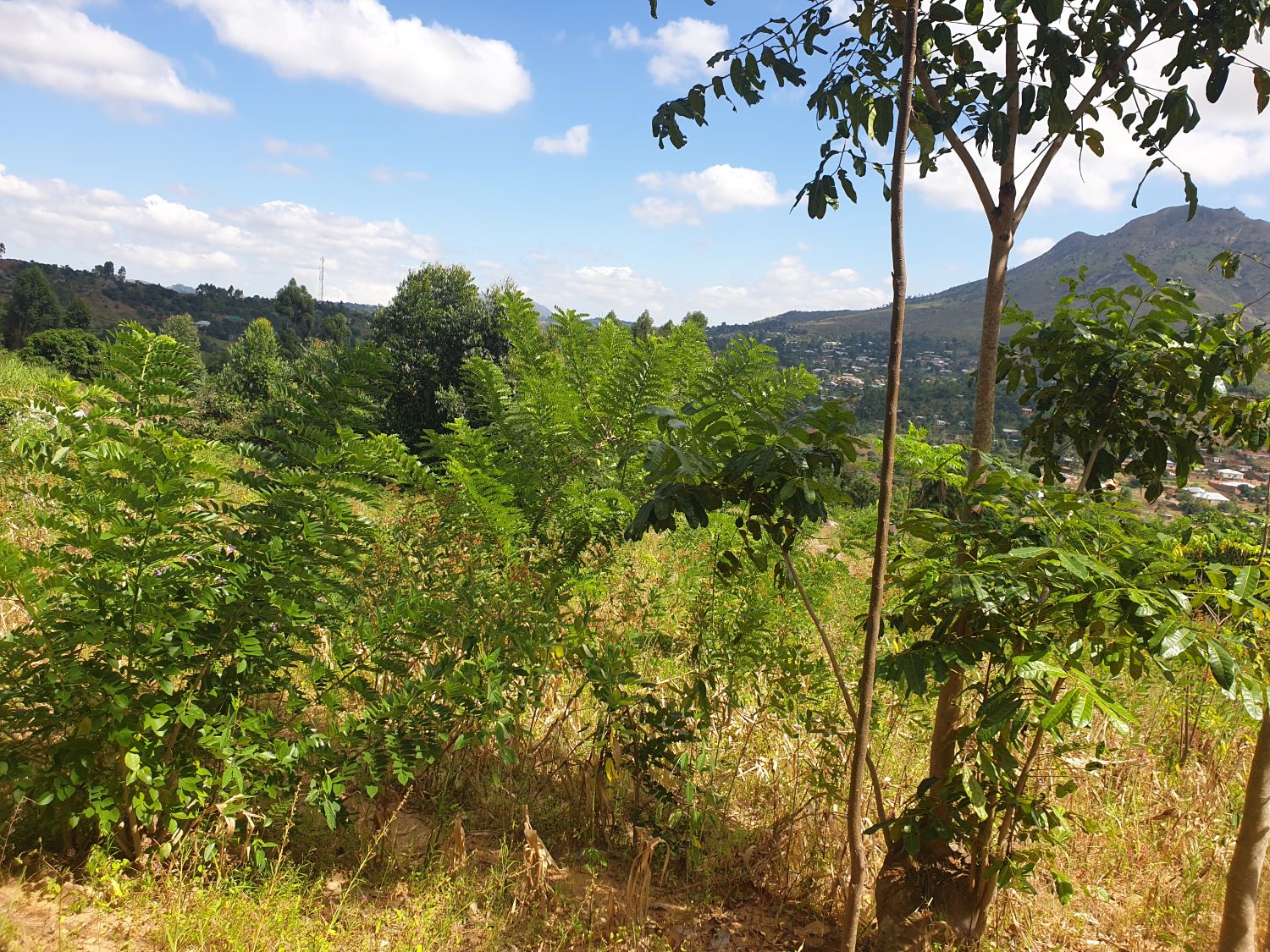
A change in yield
Now, Tana’s field is a bush of lush, flourishing Gliricidia sepium offshoots — a tree in the bean family — rising from decade-old stumps and prospering among dry stalks of harvested maize and other plants. In the undergrowth lie the residues of decomposed mulch from prior years.
 A Faidherbia albida tree in Tana’s field. Image by Charles Mpaka for Mongabay. |
Standing tall on one edge of this small farm is a 12-year-old Faidherbia albida tree, known locally as msangu. Indigenous to Africa, the tree has nitrogen-fixing properties and enriches degraded soils.
Unlike in the past, Tana doesn’t need to apply inorganic fertilizer anymore; he doesn’t till the field either, as he used to do. And when he plants his maize, he no longer suffers the headache of weeding, because the mulch of maize stalks and twigs from the coppicing of the G. sepium suffocates weeds. Coppicing means to cut and use the new shoots from stumps of trees. These have reduced both his costs and labor requirements, Tana said.
And now the rewards: These methods have transformed the productivity of his small piece of land from 250 kg of harvest in 2010 to between 700 and 900 kg (1,540-1,980 lbs) of maize every year today.
“It is unbelievable how things have transformed, how I have become food secure from a piece of land this small,” he said.
Sustainability to scale
Tana’s new farming methods are among the practices Malawi is promoting in the African Forest Landscape Restoration Initiative (AFR100). In 2015, African countries committed to restore 100 million hectares (250 million acres) of degraded forest and land by 2030.
Herbert Mwalukomo, executive director for Centre for Environmental Policy and Advocacy (CEPA), a Malawi NGO, told Mongabay that when African countries launched the initiative there were already a few examples of best practices in forest and land restoration.
In Malawi, for example, there were cases of agroforestry, farmer-managed natural regeneration (FMNR), community management of natural forest lands, and many others, he said.
“But they were not to a scale. What this AFR100 initiative is doing is to get the earlier practices more organized and promoted. There is now involvement of more partners including the private sector,” Mwalukomo said.
He added the government provided various frameworks for the backbone of the initiative.
Under the AFR100, Malawi has committed to restore 4.5 million hectares (11.1 million acres) of deforested and degraded landscapes by 2030 through investing in agricultural technologies, community forests and woodlots, soil and water conservation, river- and streambank restoration, and forest management.
On agriculture technologies, for instance, Malawi plans to increase tree cover on degraded cropland and pastures in agricultural landscapes through practices such as farmer-managed and assisted natural regeneration, direct seeding, and planting of agroforestry trees and shrubs.
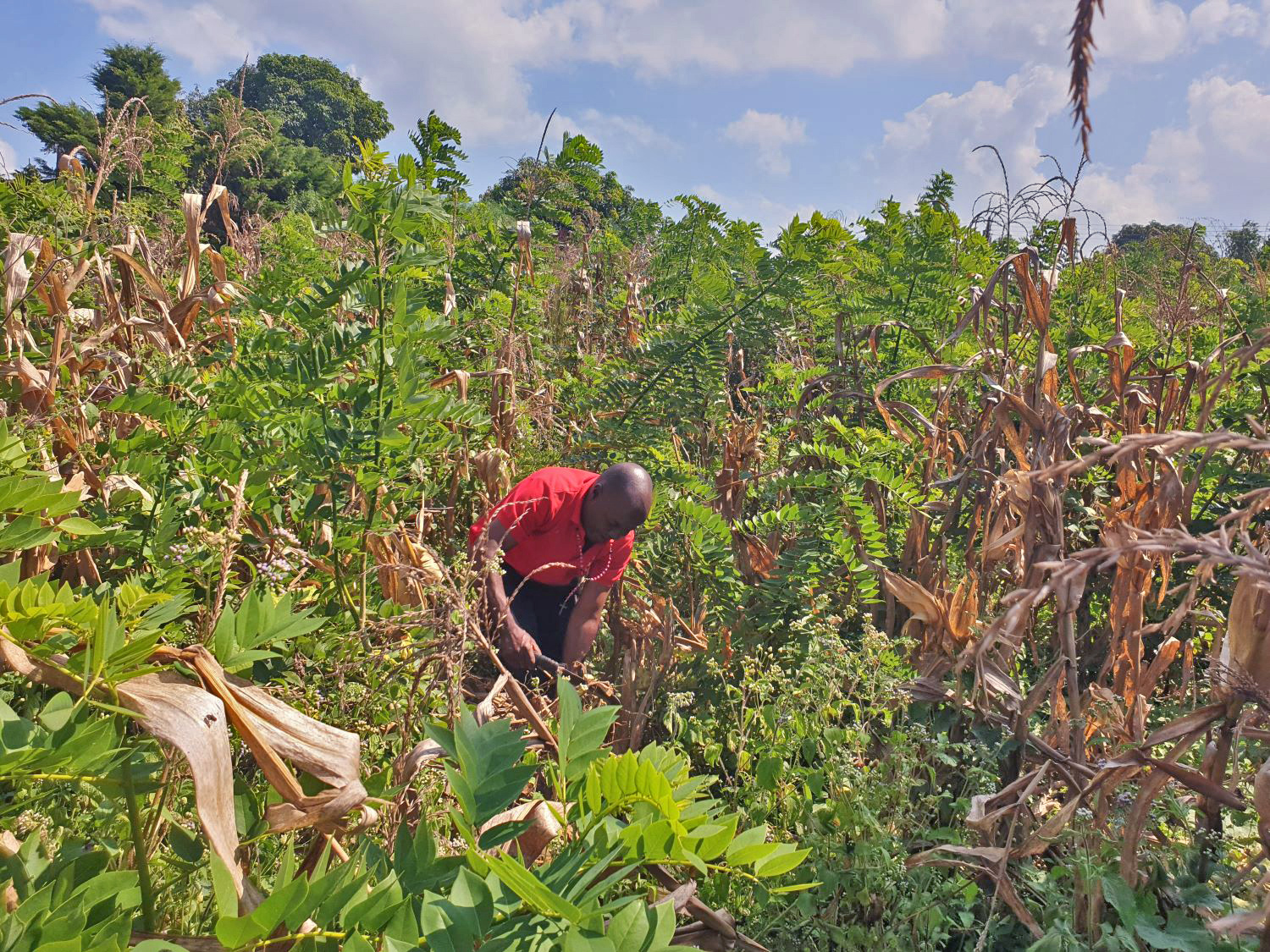
Building coalitions
A 2022 progress report on the initiative found that between 2016 and 2021, 917,014 hectares (2.27 million acres) of land and forest had been put under restoration — with agroforestry accounting for 63% of that total area across 15 countries. The report was released by the African Union Development Agency and New Partnership for Africa’s Development (AUDA-NEPAD), the secretariat of the AFR100.
In the case of Malawi, the government has not released any figures on its progress so far. In March year, the government set up a national forest monitoring system at the Department of Forestry headquarters. This center is expected to be the database for all restoration initiatives in the country.
“[Malawi] expects to validate this information further this year with the AFR100 State Report for 2023,” said Tangu Tumeo, forests, landscapes and livelihoods program officer at the IUCN, the global biodiversity conservation authority.
Tumeo said that according to his organization’s Restoration Barometer in 2022, Malawi has put about 1.7 million hectares (4.2 million acres) of land and forest under restoration today, almost 40% of its goal.
“The goal [of restoring 4.5 million hectares by 2030] is achievable,” she said.
Stella Gama, director of forestry in the Ministry of Natural Resources and Climate Change, one of the lead ministries in the AFR100 initiative, said Malawi will accelerate efforts aimed at promoting sustainable forest and land management.
“We have in place the right policies drawn under Sustainable Development Goals and the global and continental agenda,” she said. “We are rehabilitating degraded and deforested forestlands through the implementation of the National Forest Landscape Restoration Strategy, National Charcoal Strategy, REDD+ Strategy, Malawi 2063 Vision and various existing programs.”
The private sector is getting involved too. Clifford Mkanthama, a climate change and biodiversity expert, points to a recent surge of responses from some of Malawi’s major banks and private firms adopting degraded forest landscapes for management and rehabilitation.
For example, last September the National Bank of Malawi, one of the country’s largest financial institutions, signed an agreement with the Ministry of Natural Resources and Climate Change to restore three degraded natural forest reserves located in the three regions of the country. It will do so working with the surrounding communities.
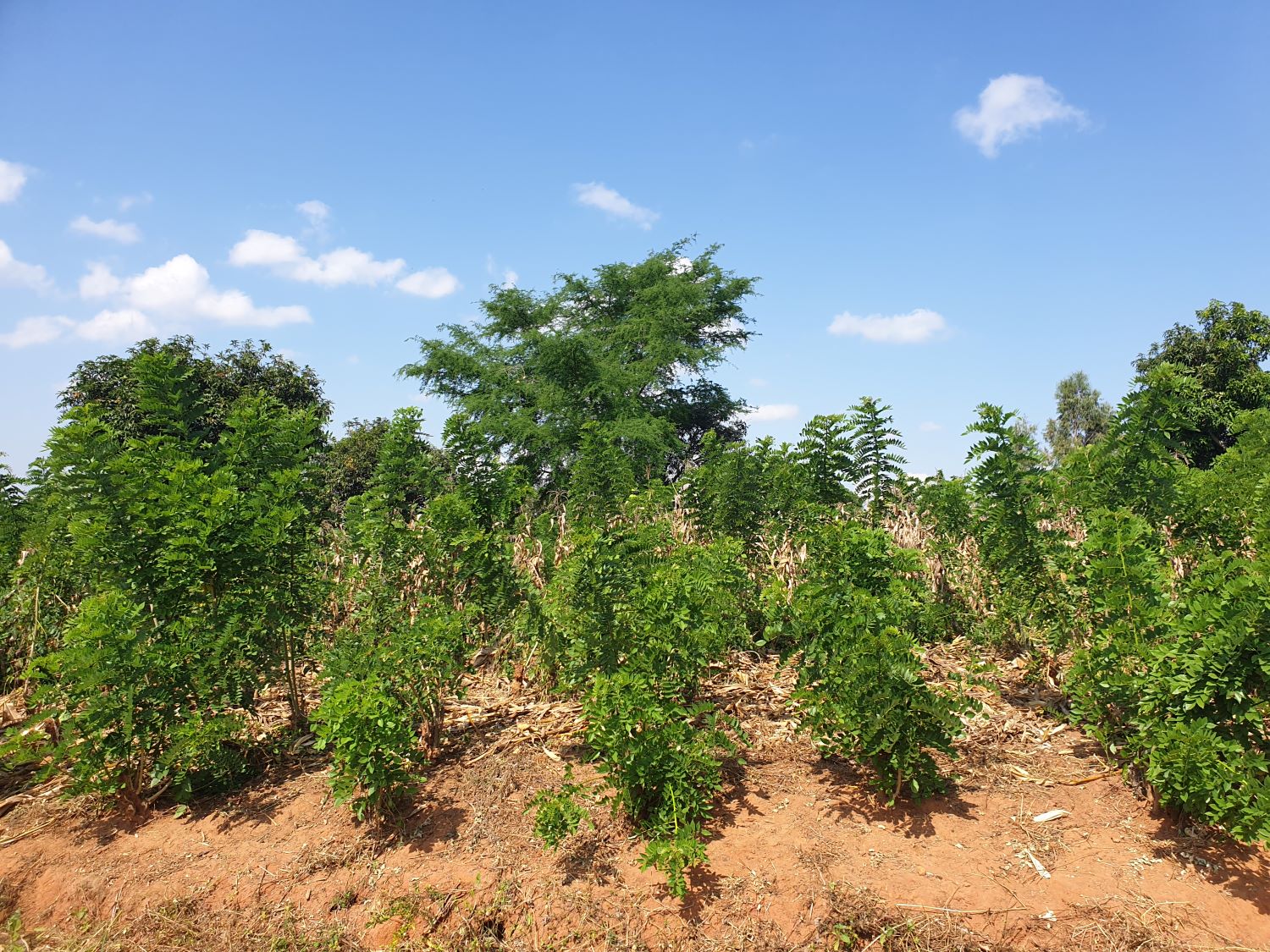
According to Mkanthama, FMNR or farmer-managed natural regeneration is also taking root.
“Many areas that are practicing this are not under projects yet. These are self-motivated initiatives in many areas especially in central Malawi,” said Mkanthama, a carbon management specialist who coordinates the Malawi project of the U.N. Framework Convention on Climate Change’s Capacity Building Initiative Transparency (CBIT).
He said with the dwindling of forests, farmers in Malawi are taking it upon themselves to keep shrubs on their farmlands from which they can harvest wood for cooking and tobacco drying.
Experts, however, agree that deforestation — largely driven by charcoal production and clearing of land for farming — remains high in Malawi and is a big threat to the country’s forest and land restoration drive.
Data from the Ministry of Natural Resources and Climate Change show that 96% of Malawi’s nearly 20 million people use charcoal and firewood for cooking and heating. According to the ministry, this is a major contributing factor to a loss of about 15,000 hectares (37,000 acres) of forest every year in Malawi.
Commenting on the 2022 AFR100 Progress report, Nardos Bekele-Thomas, chief executive officer of AUDA-NEPAD, said Africa spends more than $35 billion on food imports annually as a result of degraded forests and croplands and the associated loss of land productivity and desertification.
“Degraded forest landscapes not only intensify the effects of climate change but also severely threaten the ecological functions that are vital to building prosperous and resilient economies to the communities,” she said, adding that rural smallholder farmers and households suffer the most from degraded lands because “their activities directly depend on healthy soils, tree cover and clean water.”
Mkanthama said Malawi’s target under the AFR100 and the Bonn Challenge is achievable, but warns the fact that more than 17 million people in Malawi burn biomass for energy is a significant threat to the initiative.
There’s therefore an urgent need for energy alternatives such as liquefied petroleum gas (LPG), briquettes, and energy-saving devices, he said.
He also said all these efforts need to be consolidated through increasing awareness, building local capacities, and creating communities of best practice.
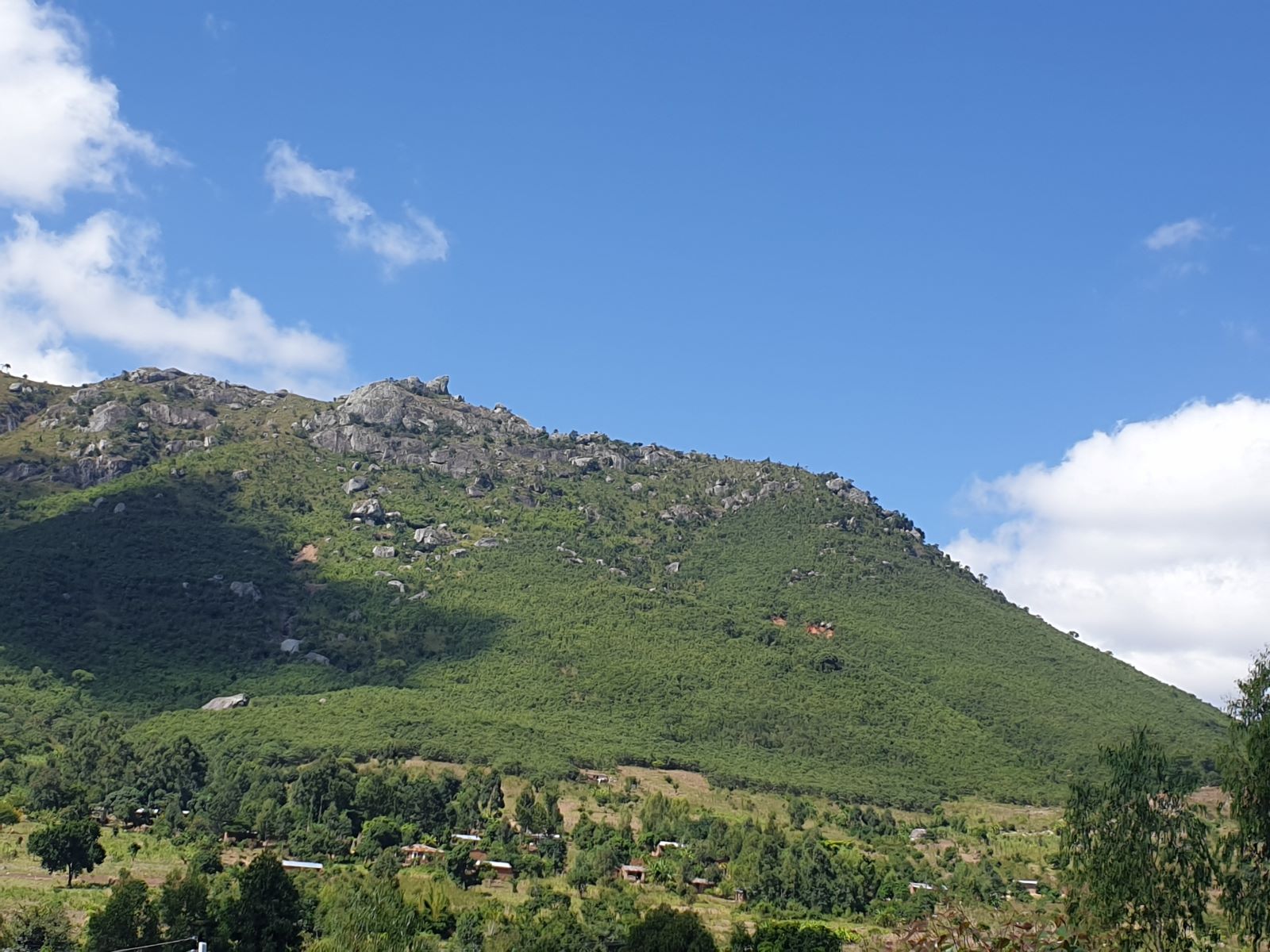
Communities of ‘best practice’
One such “community of best practice” sits just 3 kilometers (2 miles) outside the Blantyre city limits, Malawi’s commercial capital, in rural Chiradzulu district. Here lies Malabvi Forest Reserve, a protected area, managed by locals.
On the edge of the reserve is an empty house for a government forestry officer. But the last officer was transferred out a year ago, and there’s been no replacement since. Despite this, there’s been no breach in the forest reserve because the five local villages have been protecting it for decades.
 A creek in Malabvi forest. Until 2018, people relied on forest streams to fill a well adjacent to the forest. Image by Charles Mpaka for Mongabay. |
While protected forests in neighboring Blantyre have been stripped to the last shrubs, the slopes of Malabvi Forest Reserve, declared a protected area in 1927, remain covered in natural forest.
“We have in place bylaws which we created ourselves to punish anyone who cuts trees in the reserve,” said Likumba, the head of one of the villages in the area. “We also have groups of 10 volunteers each who alternate patrolling the reserve day and night and enforce these by laws. So far, our measures are working.”
But the major driving force behind the people’s desire to protect the forest, according to Likumba, isn’t fear of punishment. It’s their understanding that they gain much more in keeping the forest intact than destroying it.
For instance, until 2018, there was no borehole in the community, so people relied on forest streams to fill a well adjacent to the forest for water for drinking, domestic use and irrigation.
“That well supplied water to our grandparents and their parents. It supplies cool and clean water to us today. And we know that this well and the streams exist today because of the forest. This is wealth bequeathed to us by our parents and by nature,” Likumba said.
“Without that forest, all the streams you see bearing down the hill and watering our lives would have dried up,” he said. “We would not be breathing the fresh air here as you can feel it. We would not be growing sugarcane, vegetables and bananas as you have seen. Our maize fields would have been dry. So we will not tolerate anyone to degrade that forest.”
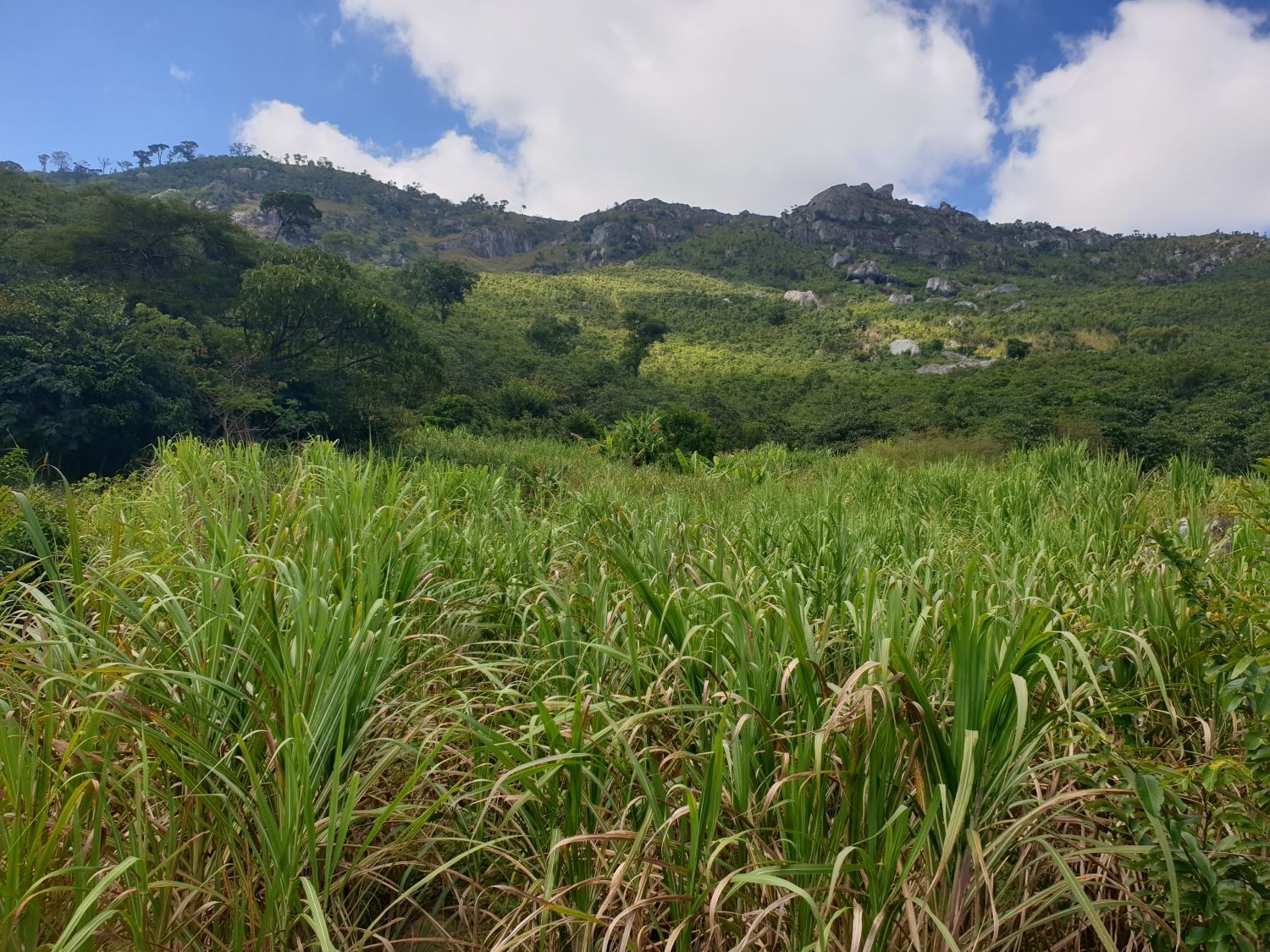
The magic of trees
Back in Thyolo, in southern Malawi, farmer Douglas Tana touched the leaves of his Gliricidia trees.
“This tree is magic. It is pure magic. It has rehabilitated the soils here so rapidly and I like how it coexists with other crops while also fertilizing the soils for their growth,” he said. “It is multipurpose. It grows fast so it provides us with firewood and poles. I use the leaves to supplement feed for my dairy cow and that has led to the doubling of its milk production.”
With these more sustainable measures, Tana and his family of five have not only become food secure, but are creating a farm that is more resilient to climate and ecological upheavals.




